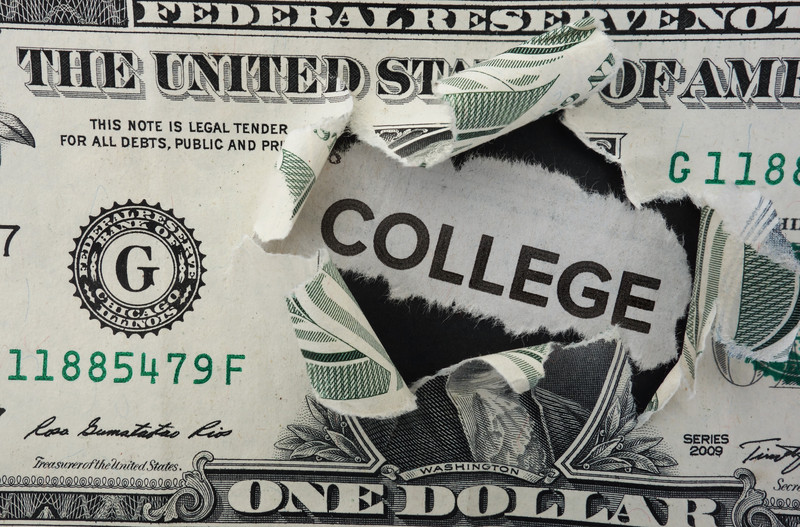FAFSA is the most popular form of financial aid among American students. In 2015, 89 percent of students studying for a 4-year degree at a private university received some financial aid. Let’s take a look at the different types of federal student loans available today and discover which one is right for you.
Intro to Student Loans
The federal government offers five types of loans to students. These are:
Direct Subsidized Loans.
Direct Unsubsidized Loans.
Direct PLUS Loans.
Direct Consolidation Loans.
Federal Perkins Loans.
Direct Subsidized Loans
Undergraduate students who can demonstrate financial need are eligible for direct subsidized loans. A subsidized loan is a loan that does not accrue any interest while you are attending school at least part-time or during any deferment periods. Many students’ debt isn’t caused by the amount of the initial loan itself, but rather the interest that is charged while they’re still in school or after they graduate.
Direct Unsubsidized Loan
Unlike subsidized student loans, a direct unsubsidized loan does not require students to show any financial need. Undergraduates, graduate, and professional students are all able to receive this type of loan. Unsubsidized student loans face interest rates at all periods, so whether you study full-time or only take one class in a semester, you will still be charged. Interest that is accrued on unsubsidized student loans are capitalized (added to the total cost of the loan.)
Direct PLUS Loans
If the cost of financial aid doesn’t cover your education, your parents may be able to take out a Direct PLUS loan to pay for your tuition. Parents and children who want to take out this type of loan must not have any adverse credit history and meet the standard requirements for financial aid. Professional and graduate students can also apply for this loan.
If your parents don’t meet the qualifying requirements, you may be eligible for additional unsubsidized loans.
Direct Consolidation Loans
There’s a high probability that you’ll need to take out more than one loan over the course of your degree. With a Direct Consolidation Loan, you can combine all of your outstanding debts into one, which in turn leaves you with a more manageable, single monthly payment instead of multiple payments for different loans. This isn’t a loan you’ll have to worry about if you’re a freshman, but it’s one you’ll want to know about as you move closer toward graduation.
Federal Perkins Loan Program
For students who can demonstrate exceptional financial need, their school may issue them a Federal Perkins Loan. This need-based loan is available to all students: undergraduate, graduate and professional. You will have to ask your school whether or not they participate in the Federal Perkins Loans program since these loans are issued by the school and not the government. An undergraduate can borrow up to $5,500 per year, while a graduate student can take out as much as $8,000 annually.
How to Apply for Student Loans
You may be able to receive Pell Grants, which are a form of free federal student aid that does not have to be paid back. It’s a good idea to consider this option alongside scholarships before you take out any loans.
If you aren’t able to cover the cost of your tuition from free financing opportunities, then you can talk to your university’s financial aid department about the loans available to you and apply for them with the help of a financial advisor.








